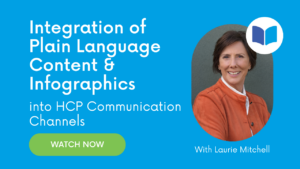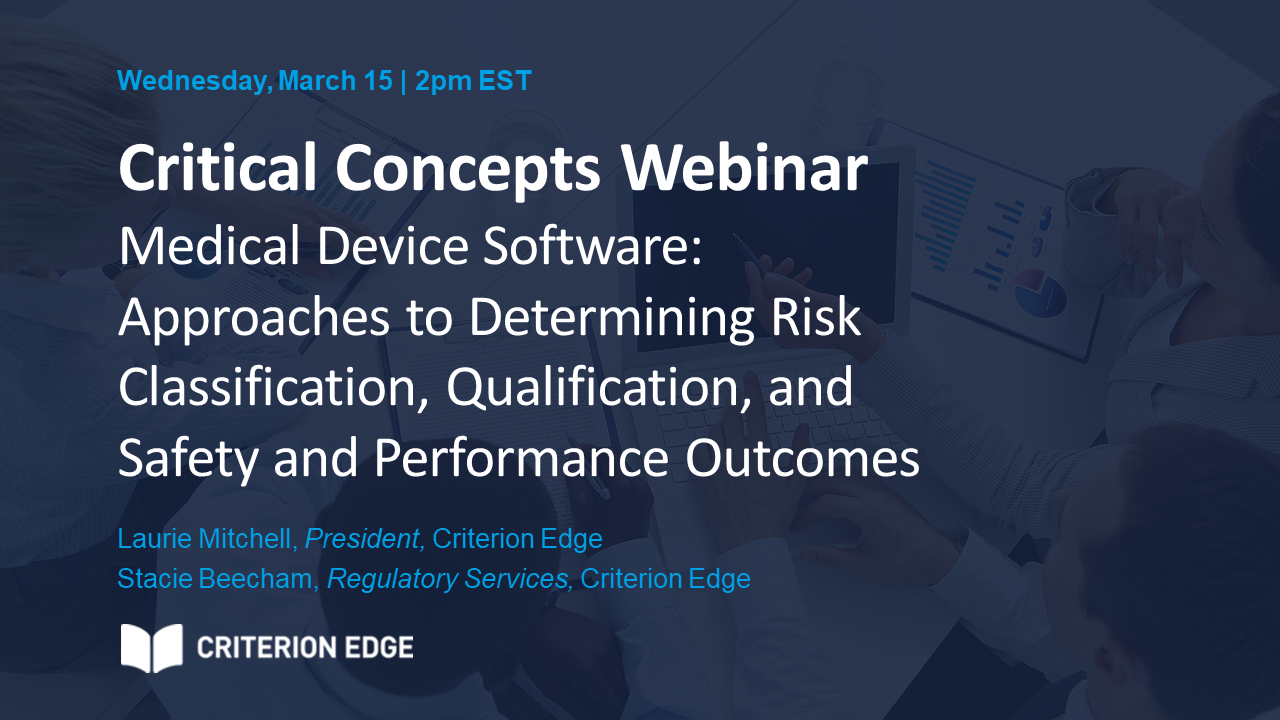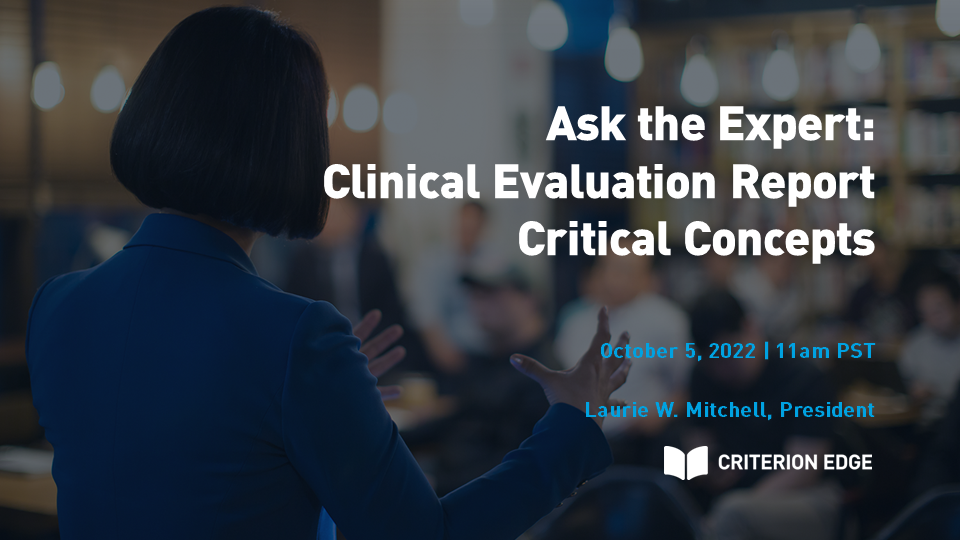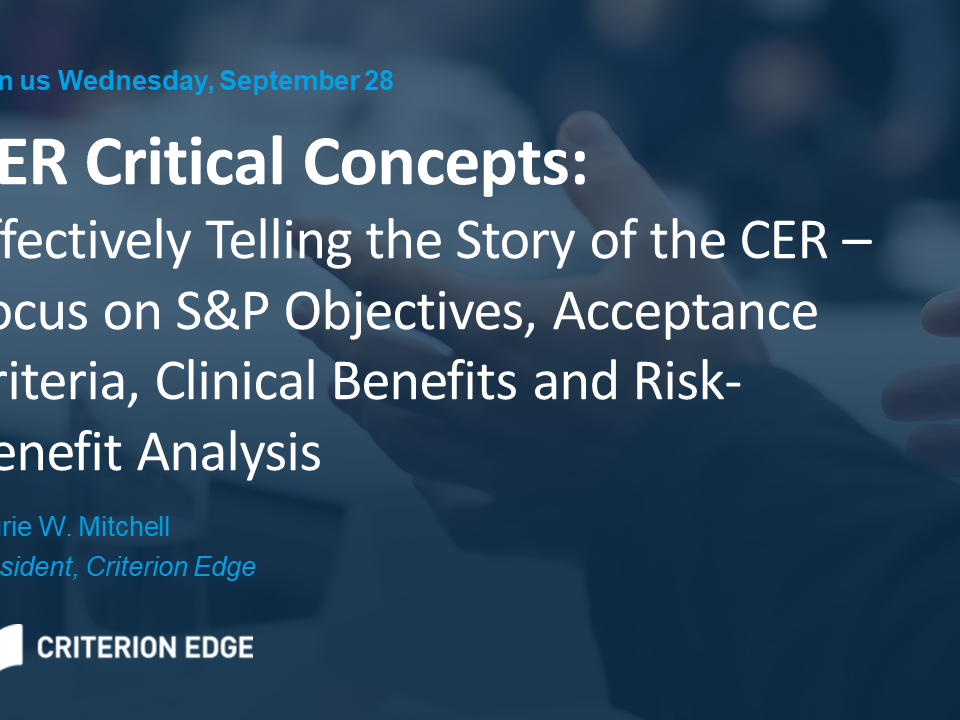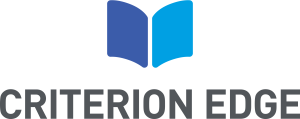Ask the Expert: Clinical Evaluation Report Template and Critical Concepts
This session is presented from the point of view of seasoned MDR-compliant CER medical writers. In this 45-minute live Q&A, we will answer questions regarding critical concepts for a clinical evaluation report template such as safety and performance objectives, clinical outcomes, clinical benefits, acceptance criteria, and risk-benefit ratio. We hope to provide you with best practices and writing strategies to support solid planning during your own writing process.
During this session, come prepared with your questions for our experts to answer. Please submit your questions ahead of time while registering for this session so we have ample time to answer them thoughtfully. Also, please be aware that answers will be limited to 3 minutes per question.
This forum will answer questions on a first come first serve basis, so please submit all your questions when you register for this event.
Click here to watch the recording of this session.
Who is this session for?
Those Regulatory, Quality and Clinical leaders and teams who develop, write, review, or approve clinical evaluation reports for MDR submissions or performance evaluation reports for IVDR submissions.
How to Deploy Systematic Literature Review in Order to Augment Post Market Clinical Surveillance
Are you looking for best tips on how to create a robust systematic literature review process? And maybe even an informative case study illustrating the process? Watch our webinar on effective systematic literature review for post-market surveillance to understand how to continually support your device once your clinical evaluation report is completed and submitted. Learn how leveraging published data can help meet regulatory expectations and inform internal decision-making, the steps for conducting a methodologically-sound SLR, and even how data obtained through SLR can empower the successful execution of post-market surveillance activities, drive efficiencies, and support regulatory compliance.
Key Strategies to Support Project Success: The Clinical Evaluation Report Template
Do you know how to identify meaningful safety and performance endpoints (measures/objectives)? Are you confidently able to demonstrate that your safety and performance objectives are appropriate and clinically relevant?
Download our free white paper, a companion piece to our popular webinar where we cover strategies to verify device safety and performance in the clinical evaluation of medical and in vitro diagnostic (IVDs) devices. This white paper should help you with identifying meaningful safety and performance measures for clinical or performance evaluation. It will also help with defining acceptance criteria parameters to determine the acceptability of benefit-risk as mandated by Medical Device Regulation (MDR) 2017/745 and In Vitro Diagnostic Regulation (IVDR) 2017/746.

